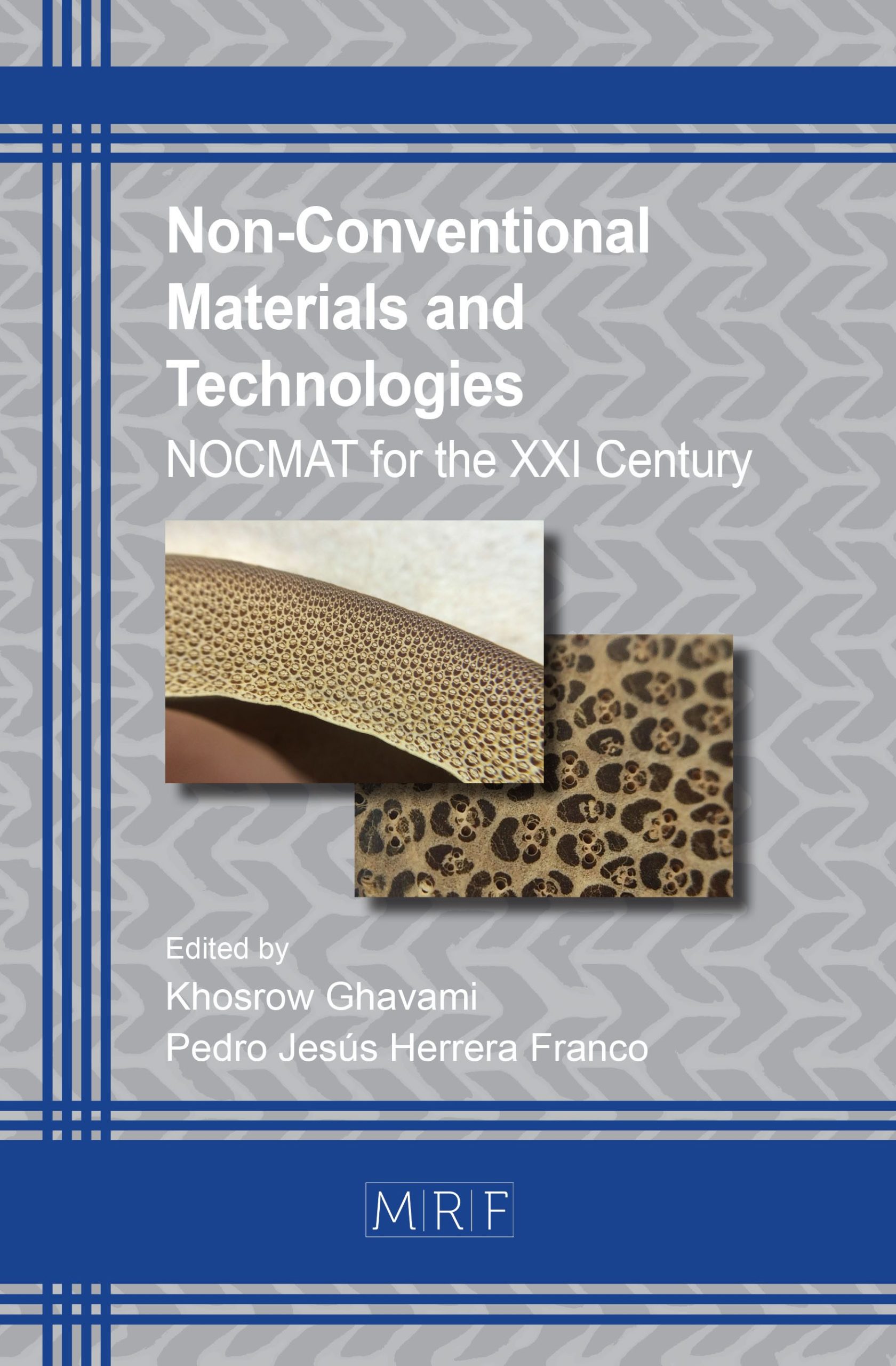Chemical Characterization for the Comparative Study of Peruvian Natural Fibers
C. Tenazoa, S. Charca, M. Quintana, E. Flores
Abstract. In recent years, natural fibers have acquired a fundamental role in the industry because, besides being available in great abundance, they are bio-renewable. These are mainly composed of lignin, cellulose and hemicellulose, which are natural polymers that shape the cellular wall of plants. In Peru, there is a great variety of natural resources with great potential where fibers can be extracted from or used like such, one of them is the “Ichu”, a type of straw that grows abundantly in highland areas, it was used as food for camelids for many years and now, it is simply burned to recover areas. For industrial applications, especially for composite materials, it is important to know the mechanical resistance of these fibers, which is directly related to the cellulose content, because of this it is necessary to characterize them chemically. Therefore, an efficient methodology, based on technical standards TAPPI, has been applied and validated to determine the percentage content of lignin, cellulose and hemicellulose, as well as moisture, ash and extractives of the fibers in order to determine how their performance would be for different applications. For that purpose, the species Jarava ichu from Cusco (3400 masl) and Huancavelica (4100 masl) have been analyzed and compared. The results show that geographic and climatic variations influence the chemical composition, hence higher altitude means the plant had a higher percentage content of lignin and lower content of cellulose.
Keywords
Natural Fiber, Jarava Ichu, TAPPI, Chemical Characterization, Cellulose, Hemicellulose, Lignin, Moisture, Ash, Extractives
Published online , 8 pages
Copyright © 2018 by the author(s)
Published under license by Materials Research Forum LLC., Millersville PA, USA
Citation: C. Tenazoa, S. Charca, M. Quintana, E. Flores, ‘Chemical Characterization for the Comparative Study of Peruvian Natural Fibers’, Materials Research Proceedings, Vol. 7, pp 756-763, 2018
DOI: http://dx.doi.org/10.21741/9781945291838-74
The article was published as article 74 of the book Non-Conventional Materials and Technologies
References
[1] M. Bajardo et al., “Surface Chemical Modification of Natural Cellulose Fibers,” Journal of Applied Polymer Science, Dep. of Chemistry, Univ. of Bologna, Bologna, Italy, 2002.
[2] F. Alegría. “Inventario y uso sostenible de pastizales en la zona colindante a los depositos de relavera de ocroyoc-comunidad san antonio de rancas – pasco,” M.S. thesis, Dept. Ambiental, Pontificia Universidad Católica del Perú, Lima, Perú, 2013.
[3] B. Cardelús and T. Guijarro. “Cápac Ñan, el gran camino inca,”. Lima, Perú: Santillana S. A., 2012, pp. 98-100.
[4] J. P Saraiva, “Procedimentos para Análise Lignocelulósica”. 1st ed. Brasil: Campina grande: Embrapa Algodão, 2010, pp. 11-42.
[5] A. Komuraiah et al. “Chemical composition of natural fibers and its influence on their mechanical properties”, in Mechanics of Composite Materials, Vol. 50, No. 3, New York, July, 2014.
[6] TAPPI. T 421 om-02. Moisture in pulp, paper and paperboard. 2002a, 3 p.
[7] TAPPI. T 413 om-93. Ash in wood, pulp, paper and paperboard: com¬bustion at 900ºC. 1993, 4 p.
[8] TAPPI. T 204 cm-97. Solvent extractives of wood and pulp. 1997, 4 p.
[9] J. Herbst. The preparation of chlorite holocellulose. Canadian Journal of Chemistry, v. 30, n. 9, p. 668-678, 1952. https://doi.org/10.1139/v52-079
[10] TAPPI. T 203 cm-99. Alpha-, beta- and gamma-cellulose in pulp. 2009, 7 p.
[11] TAPPI. T 222 om-02. Acid-insoluble lignin in wood and pulp. 2002c, 5 p.
[12] B. Kord et al. “Comparison of lead content absorption in different parts of Eldar pine (Pinus eldarica Medw.) in Tehran city”. Iranian Journal of Forest and Poplar Research, 2015, 18 (2): 265-277.
[13] V. Vaziri et al. “Effect of Altitude of Fiber Characteristics, Chemical Composition and Kraft Yield Pulp of Brutian Pine (Pinus brutia)”. Journal of Wood and Forest Science and Technology, 2009, 6(1): 1-14.
[14] M. Kiaei et al. “Mineral content in relation to radial position, altitude, chemical properties and density of persian ironwood”. In Woods, Science and Technology, University of Bio bio, 2015.
[15] M. Bin, E. Jayamani. “Comparative Study of Functional Groups in Natural Fibers: Fourier Transform Infrared Analysis (FTIR)”. International conference on Futuristic Trends in Engineering, Science, Humanities and Technology. Gwalior, Indi, 2016.































